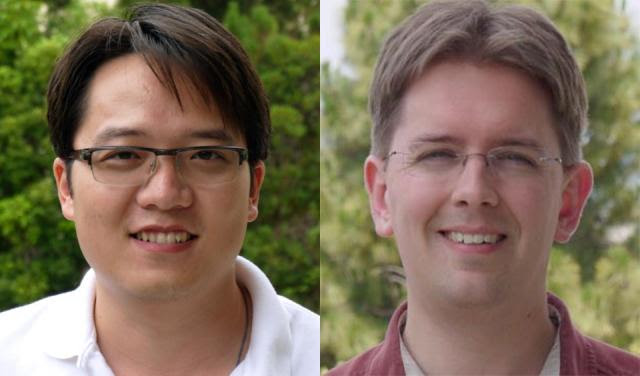NOVA Paves the Way for Storage Class Memory File Systems

CSE/CNS Prof. Steven Swanson
Intel expects to start selling 3D Xpoint storage class memory (SCM) before the end of 2016 in the form of its Optane solid-state device (SSD). But experts believe the real payoff from SCM will come when systems connect the SCM directly to the processor, yielding hybrid memory systems that include volatile and non-volatile memories. Computer engineers in CSE and the Center for Networked Systems (CNS) at UC San Diego anticipate that these new memory systems will provide software with sub-microsecond, high-bandwidth access to persistent data.
But there’s a catch: According to CSE Prof. Steven Swanson and Ph.D. student Jian Xu, existing file systems built for spinning or SSDs create software overheads that can obscure the gains expected from SCM systems.
Enter NOVA, a log-structured file system proposed by Xu and Swanson in a paper* delivered earlier this year at the USENIX Conference on File and Storage Technologies (FAST) in Santa Clara, and a variation presented at UC San Diego’s 2016 Non-Volatile Memory Workshop (organized by Swanson). The proposed NOVA system is designed to maximize performance on hybrid volatile/non-volatile memory systems, while providing strong consistency guarantees. In the paper’s abstract, Xu and Swanson explained, “NOVA adapts conventional log-structured file system techniques to exploit the fast random access that SCMs provide. In particular, it maintains separate logs for each inode to improve concurrency and stores the file data outside the log to minimize log size and reduce garbage collection costs.
The system’s logs therefore provide metadata, data, and mmap atomicity and focus on simplicity and reliability, keeping complex metadata structures in DRAM to accelerate lookup operations. “NOVA’s multi-log design achieves high concurrency, efficient garbage collection and fast recovery,” said Xu in his presentation to the FAST audience. “NOVA also outperforms existing file systems while providing stronger consistency and atomicity guarantees.” Indeed, experimental results showed that in write-intensive workloads, NOVA provides 22% to 216x throughout improvement compared to state-of-the-art file systems, and 3.1x to 13.5x improvement compared to file systems that provide equally strong data consistency guarantees.
“Upcoming [SCM] technologies… promise faster writes, higher endurance and greater longevity than the NAND flash used in today’s SSDs,” wrote storage expert Robin Harris in reviewing the NOVA paper for his blog, StorageMojo. “Systems won’t be able to take advantage of [SCM] technology until their DRAM and disk I/O stacks are re-engineered for the specific advantages and quirks of [SCM].”
